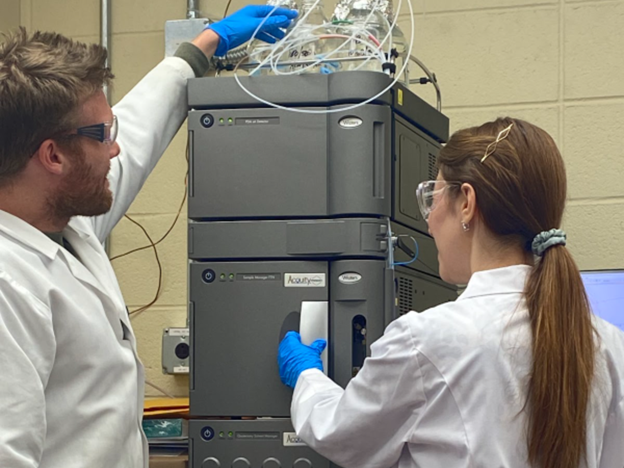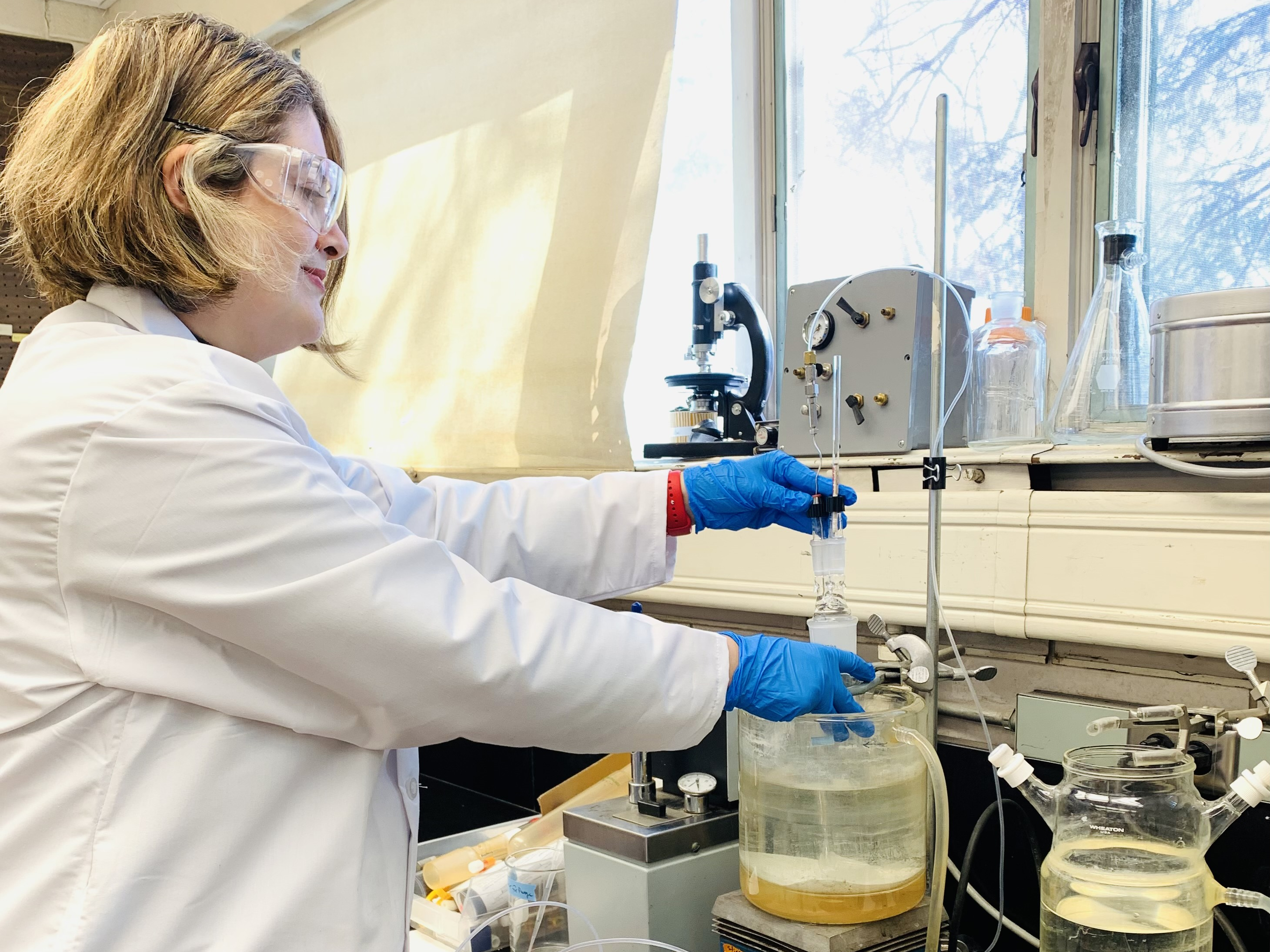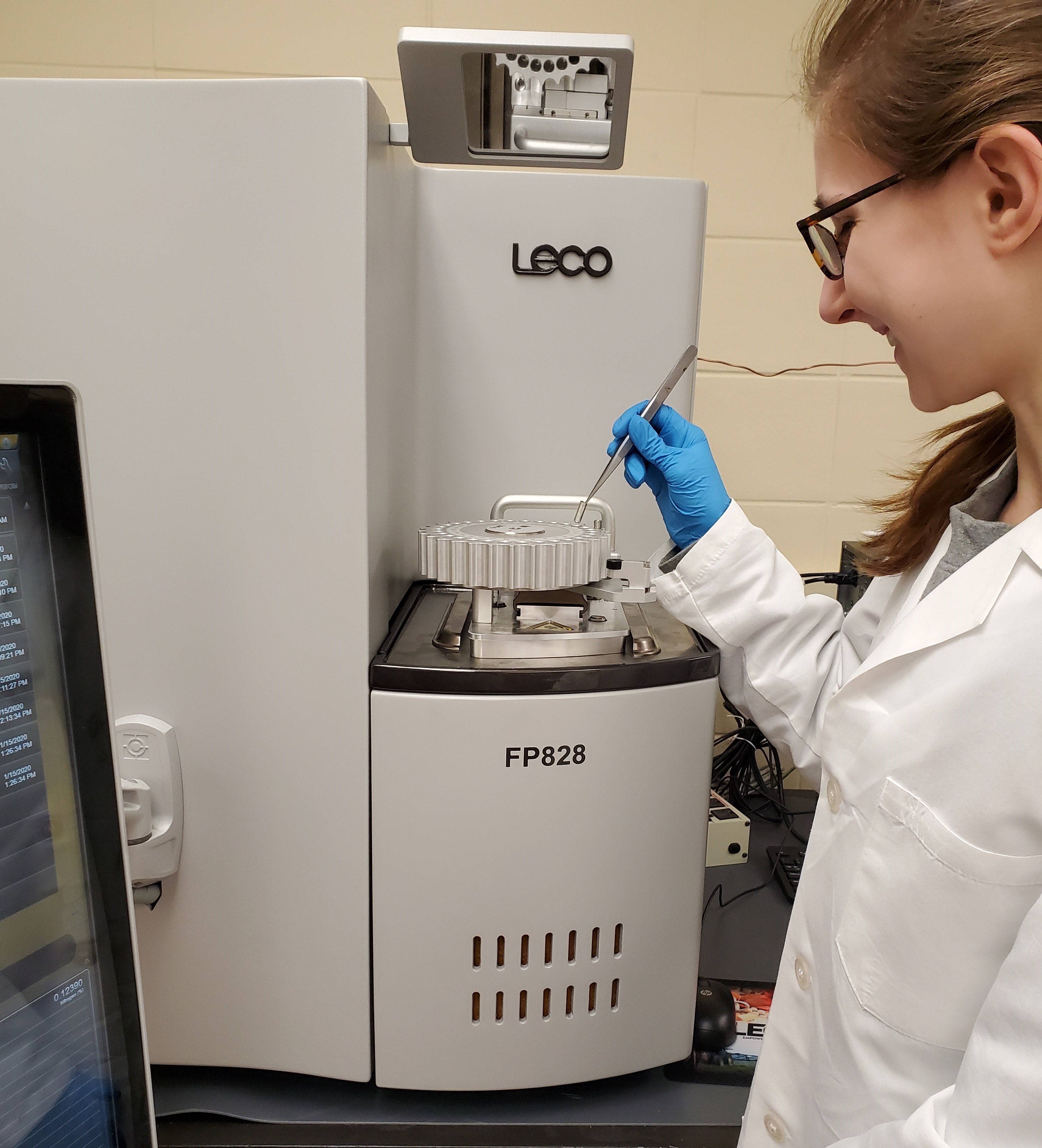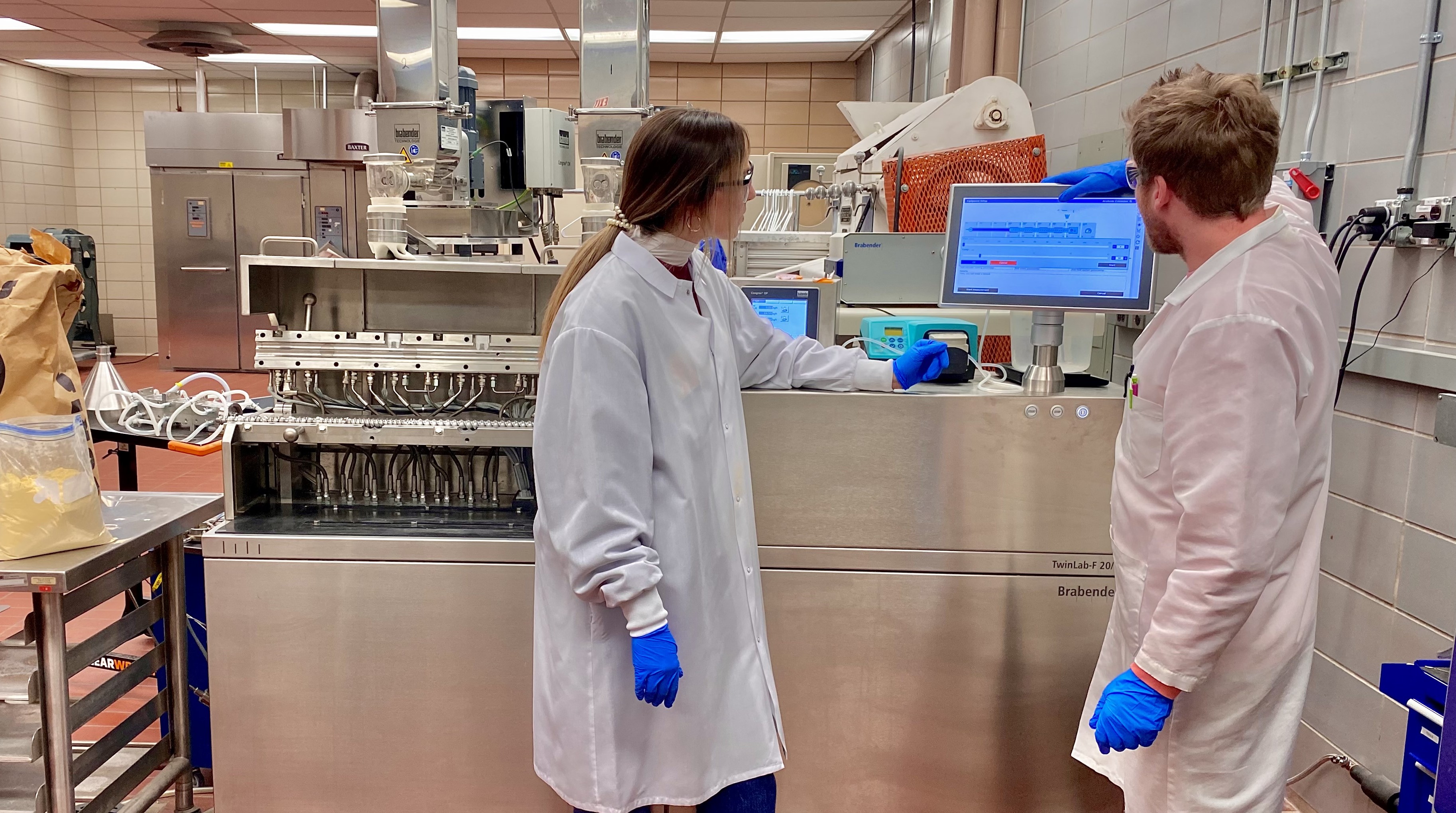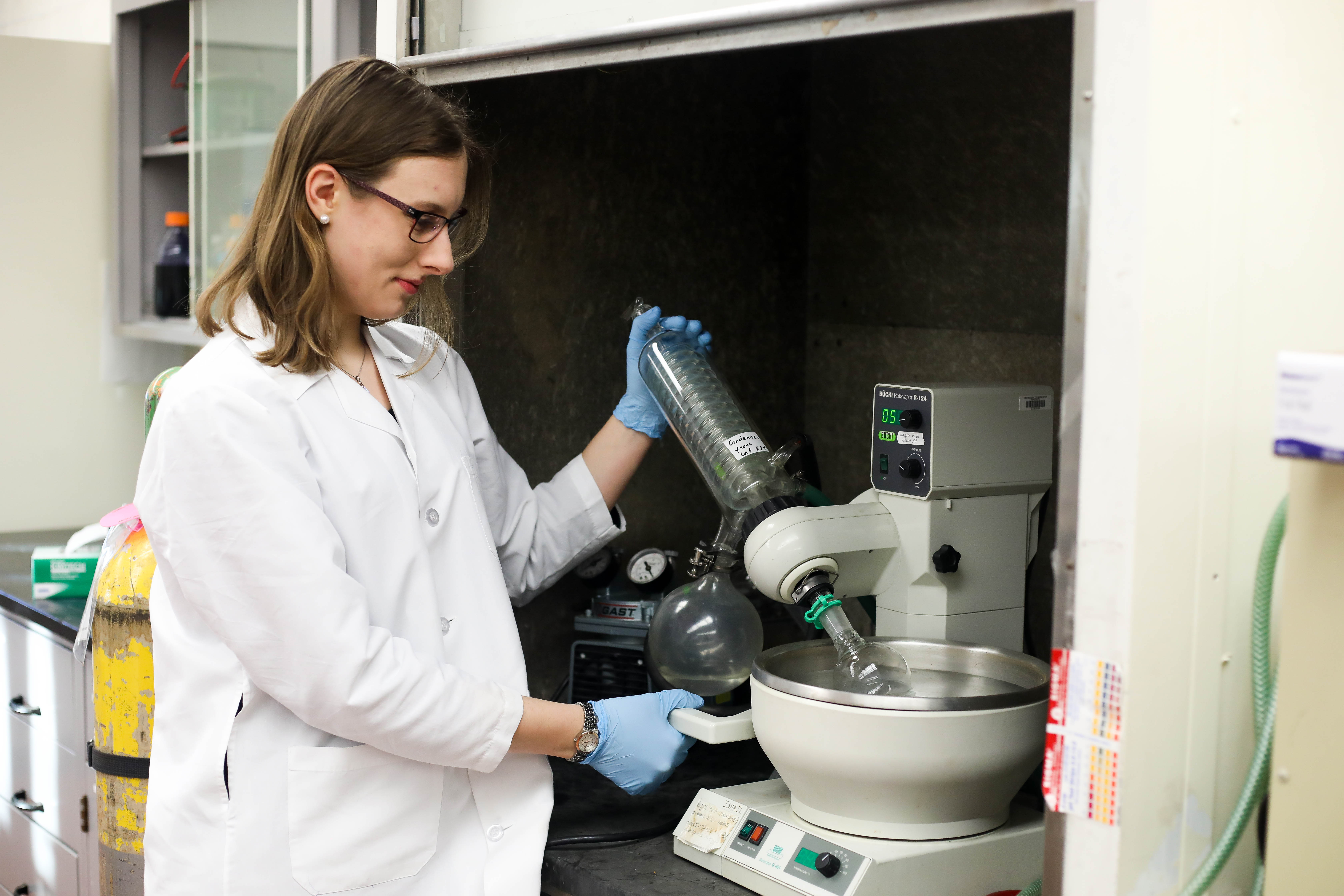Top 6 Research Priorities
Current top six research priorities of the center are (Updated August 2022):
Research priority #1: Screen, identify, and characterize the flavor/sensory perception, functionality, and nutrition of plant proteins as impacted by various extraction and processing conditions in comparison to common protein ingredients
Focus Areas:
- Identifying unique functionality and developing novel and acceptable plant protein food products that don't necessarily mimic dairy and meat
- Developing prediction models to link structure to function to better understand batch to batch variability
- Investigating plant proteins with PDCAAS greater than 0.8, and characterizing their flavor, antinutrients, and functionality (e.g., sunflower, canola protein)
- Identifying physiological/biological contributions of various nutrients and components in plant protein ingredients/foods
- Measuring satiety produced by different protein systems; are all proteins equally satiating?
Research Priority #2: Investigate cleaner plant protein processing techniques that have less environmental impact, while preserving or improving functionality, flavor, and nutritional quality
Focus Areas:
- Developing clean protein extraction and/or functionalization protocols to preserve structure and/or nutritional quality, and eliminate antinutrients, color, and/or offensive flavor
- Developing a model to determine cost, industry feasibility, and greenhouse gas impact of cleaner plant protein processing techniques
- Using non-thermal processing technologies to modify the structure and functionality of plant proteins (e.g., ultrasound, cold-plasma, pH shifting, pressure, and combination of technologies)
- Identifying solvent-free defatting technologies for plant protein processing
Research Priority #3: Determine flavor and protein interactions in various systems and identify ways to mitigate loss of flavor and/or development of off-flavors during processing and storage
Focus Areas:
- Developing pre-treatments (e.g., fermentation or enzymatic modification) and protein extraction protocols to eliminate offensive flavor
- Exploring successful flavoring of plant protein formulations
- Investigating amino acid profile of plant proteins and its impact on flavor interactions
- Exploring a systematic approach to determine of flavor development at each step during protein extraction/processing, while considering flavor precursors, fat content, and/or fatty acid composition.
- Developing prediction model to determine flavor development during storage.
- Mapping off-flavor compounds across plant protein sources
- Improving the inherent protein content/quality and flavor profile of plant protein sources through selective breeding methods.
Research Priority #4: Enhance protein content and functionality, nutrition, and flavor through agricultural technologies
Focus Areas:
- Identifying of new raw materials, available to grow economically, have adequate protein quality and functionality and inherently taste good or be possible to flavor in a manner that meets market needs
- Improving the inherent protein content/quality and flavor profile of plant protein sources through selective breeding methods.
- Developing extraction protocols to produce functional protein ingredients from environmentally sustainable sources
Research Priority #5: Investigate potential increases in functionality via blending of plant proteins, while maintaining or improving nutritional quality
Focus Areas:
- Determining the impact of blending proteins from different sources on flavor, functionality, and nutrition in various applications
- Identifying plant protein blends with a PDCAAS greater than 0.8, with balanced functional properties
Research Priority #6: Upcycling of plant by-products and side streams
Focus Areas:
- Investigating the re-cycling of side streams back into final plant protein products to enhance structural and sensory properties
- Identifying novel use of byproducts and side streams from plant protein processing
- Characterizing structural and functional properties of carbohydrate rich side streams
- Valorizing cereal proteins: Proteins from corn and other cereal sources that are considered “side streams” in conventional cereal processing for value-added applications
Research on the following proteins is encouraged: pulses, ancient grains, cereals, oilseeds, and hemp protein

